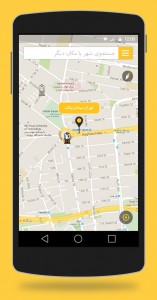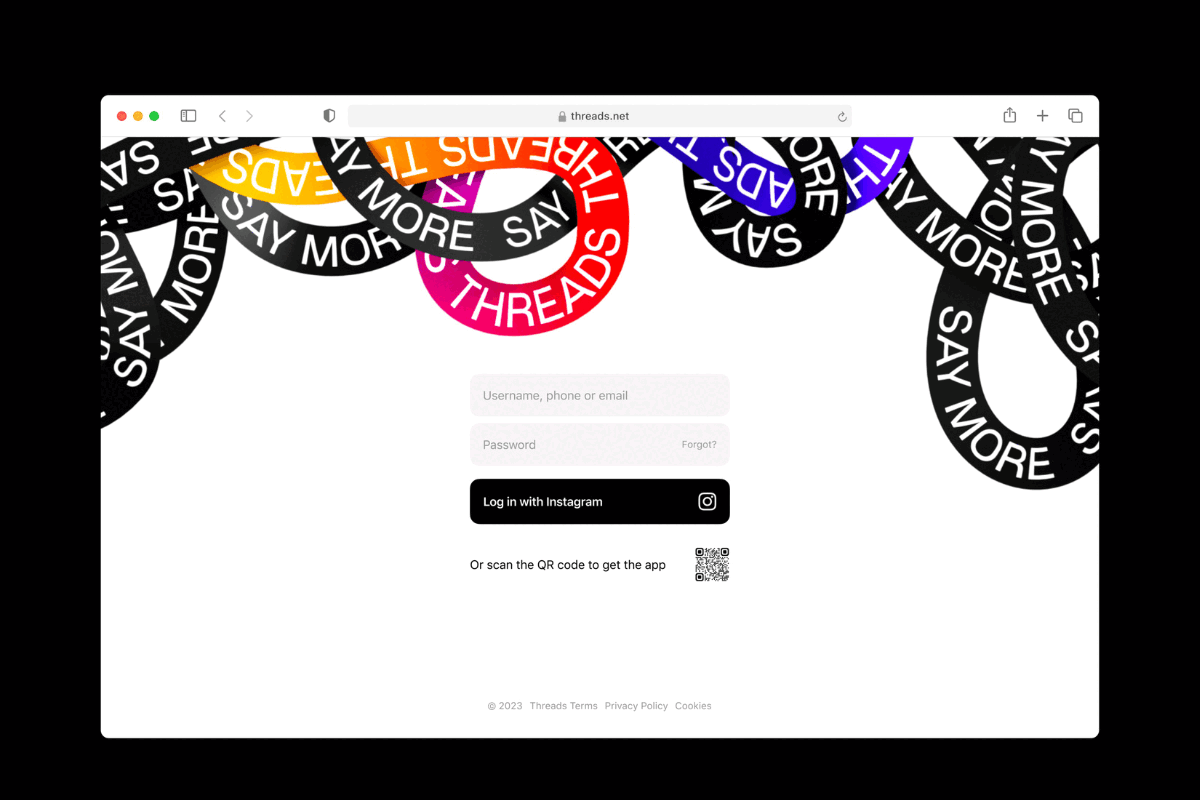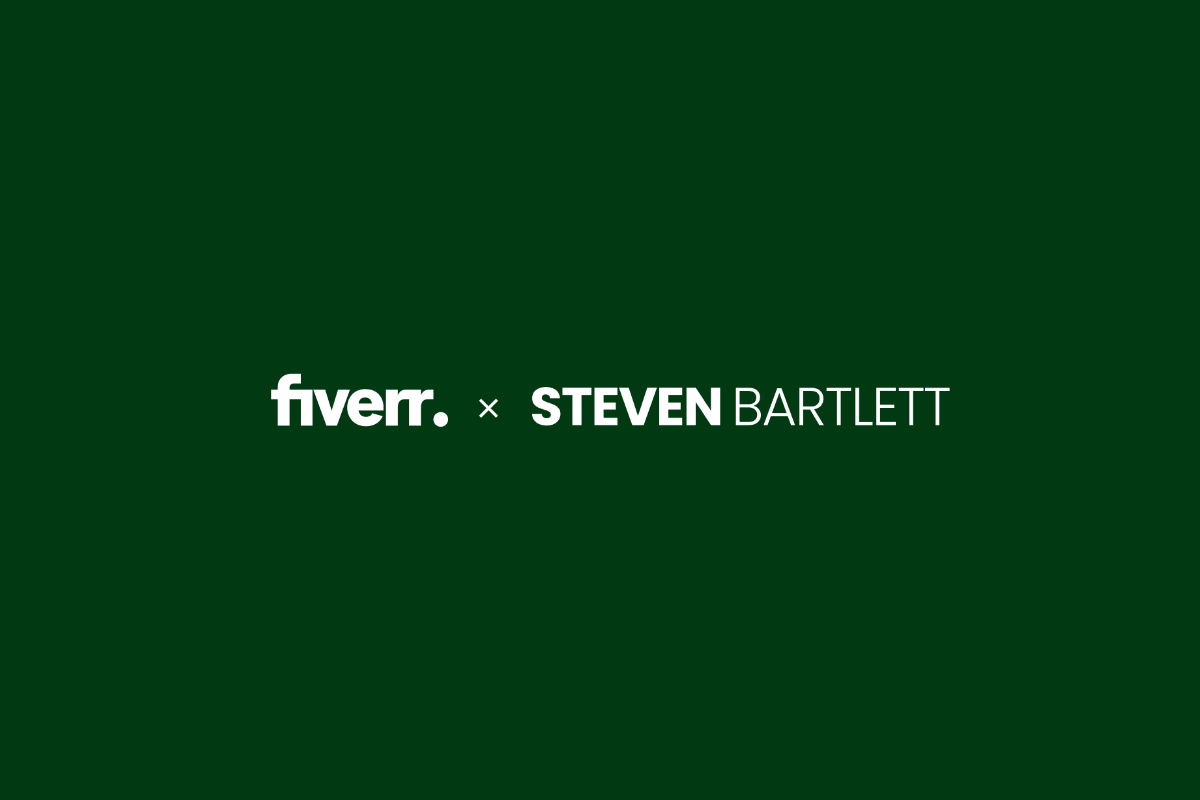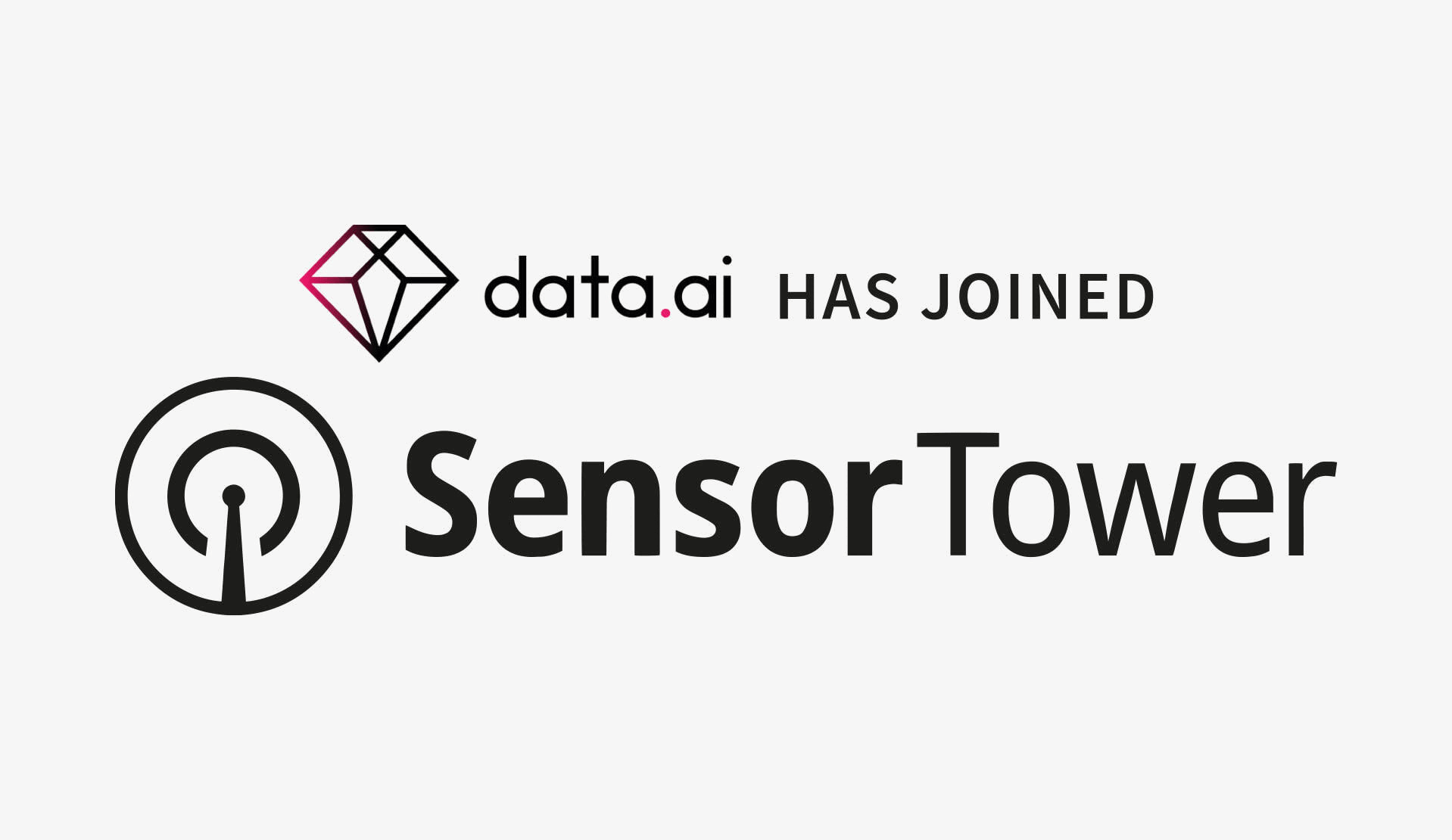Innovation Lab: Lego Prosthetics, Safety in Iran and Puppy AI
- Friday, February 12th, 2016
- Share this article:
At Mobile Marketing were proud to help tech companies showcase their cutting-edge solutions, whether its on our website, in our magazine or at our Mobile Marketing Summits. Giving a platform to companies that are breaking new ground in their market brings audiences one step closer to the ideas and developments that will shape tomorrow.
In that spirit, our Innovation Lab feature takes a step beyond the world of apps, ads and handsets with slightly bigger screens, in order to share some of the tech worlds innovative ideas. They might be interesting, disruptive or just outright strange, but these are the stories that have caught our eye over the past week.
Lego Prosthetic for Children Wins Design Award
A former Lego intern has created a modular prosthetic arm for children that aims to combine functionality with play, enabling children to create and design additions around the core of the device and develop a better relationship with their prosthesis.
Carlos Arturo Torres, who worked at Legos Future Lab research department, won the Grand Prix at digital technology summit Netexplo for his IKO Creative Prosthetic System, a three-part device that allows children to swap out sections or extend them using Lego.
“There were many problems I was trying to understand; the bad perception that kids have around prosthetics, the deep focus that companies have on engineering and on the human part of a kid in disability, the social isolation of a kid because of his condition and how hard it can be for them to build a strong self-esteem,” said Torres. “My idea was not to make a traditional prosthetic, but to propose a system that was flexible enough for kids to use, hack and create with by themselves and with their friends.”
The device incorporates 3D-printed parts as well as Lego components, and is designed to be simple enough for a child to operate and design around. Mr Torres estimates the prosthetic will retail for around $5,000 (£3,400), with a fee of $1,000 for each 3D-printed socket, which can be replaced as a child grows out of the old ones.
 Iranian App Enables Young People to Dodge Morality Police
Iranian App Enables Young People to Dodge Morality Police
In 2014 alone, Irans morality police the Ershad issued around 3m official warnings and prosecuted over 18,000 people for transgressions ranging from wearing too much make up to failing to cover your hair or wearing “western-influenced” clothes.
Now, a new app is aiming to help Irans young people avoid the mobile patrols set up by the Ershad to catch people violating the strict set of Sharia laws Iranians are expected to obey. According to the BBC, the Gershad app uses crowdsourced data from users to create maps of where checkpoints have been set up, in a similar manner to the way traffic apps like Waze avoid congestion or police speed traps.
The apps developers, who have remained anonymous due to the controversial nature of the app, are hoping that the app will be a tool for a new generation of Iranians who are increasingly pushing the boundaries of what is acceptable under Sharia law. The app has proved hugely popular, although has also attracted criticism from more conservative Iranians.
“Why should we deserve humilation for our choice of clothes?” wrote the developers in a statement on their website. “Social networking sites are full of photos and videos of innocent women being beaten and dragged on the ground by Ershad patrol officers. Indigntant at all this, we have looked for a way to peacefully resist injustice; Gershad is the solution that came to mind.”
Turn Your Tweets Into Cocktails
If you asked most people what Twitter tasted like, youd most likely get a mix of responses from “What?” to “Pretty sour, probably”. However, one French designer has come up with a device that producers a much better tasting concoction from the social network.
Working with Koi Koi Design, Clément Gault came up with the Data Cocktail, a machine that examines recent posts on Twitter to determined the ingredients that go into a cocktail. Each spirit or mixer is assigned a word, hashtag or Twitter ID, and then the machine captures a snapshot of Twitter at that moment, with the most recent words from the selection determining what goes into your drink.
As well as the cocktail that results from the whole process, the machine will print out a copy of the tweets that resulted in your beverage for you to keep, and send a shout-out to the users who, unknowingly, decided what kind of drink youd end up with.
 Microsofts Latest AI is a Dog Detective
Microsofts Latest AI is a Dog Detective
As large companies experiment with artificial intelligence and machine learning, they occasionally come up with unique, quirky projects that build their knowledge and experience in the field while also answering a need you probably never knew you had.
Thats the case with Fetch!, the latest AI project to come from Microsoft Garage, the tech giants experimental and developmental arm. The app, which is available in both mobile and web versions, is facial recognition software for dogs that claims it can identify dog breeds based on a single picture, as well as providing some information on the dogs disposition, characteristics and what kind of families are best suited for it.
The software is still learning – it has little problem with pure breeds but struggles with mutts, and if youre cruel enough to put a cat into the program, it will tell you its a Pomeranian. Microsoft have also included a mode that lets you upload pictures of humans and find out what breed they are closest to. Youll be pleased to know this story was apparently written by a Border Collie.
Immersit Wants To Throw You Off Your Sofa
If youve been looking for a way to feel more engaged by your home cinema or gaming console, French company Immersit thinks that have a solution that will keep you on the edge of your seat, or possible knock you clean off it.
The company has launched a Kickstarter campaign for a 4D motion sim that can work with any armchair or sofa, consisting of four hydraulic pads that can lift the corners of your seat and a central controlling brain that determines how to shake, tilt or vibrate you as you watch.
The team has pre-programmed the device to link up with a number of TV programmes, movies, video games and even virtual reality experiences to perfectly match up the movements to what you see on screen, and the technology can even analyse new videos to generate an approximate simulation, which is then refined by Immersits team.
















